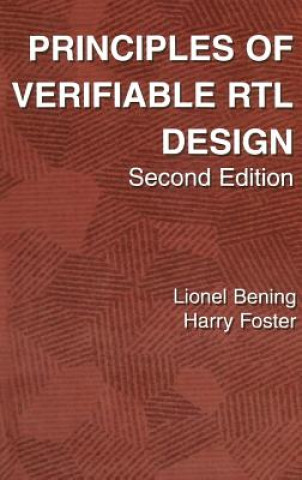
Kód: 02716437
Principles of Verifiable RTL Design
Autor Lionel Bening, Harry D. Foster
System designers, computer scientists and engineers have c- tinuously invented and employed notations for modeling, speci- ing, simulating, documenting, communicating, teaching, verifying and controlling the designs of digital sys ... celý popis
- Jazyk:
 Angličtina
Angličtina - Vazba: Pevná
- Počet stran: 282
Nakladatelství: Springer, 2001
- Více informací o knize

5094 Kč

Skladem u dodavatele v malém množství
Odesíláme za 12-15 dnů
Potřebujete více kusů?Máte-li zájem o více kusů, prověřte, prosím, nejprve dostupnost titulu na naši zákaznické podpoře.
Přidat mezi přání
Mohlo by se vám také líbit
-

Captain Jinks, Hero
829 Kč -

Bravoman Volume 1
494 Kč -

Regional Chemotherapy
3611 Kč -

Reforming the North
1864 Kč -

Emotional Blended Poetry
469 Kč -

Couch Time with Carolyn
455 Kč -

Schnauzer - A Complete Anthology of the Dog
788 Kč
Darujte tuto knihu ještě dnes
- Objednejte knihu a zvolte Zaslat jako dárek.
- Obratem obdržíte darovací poukaz na knihu, který můžete ihned předat obdarovanému.
- Knihu zašleme na adresu obdarovaného, o nic se nestaráte.
Více informací o knize Principles of Verifiable RTL Design
Nákupem získáte 509 bodů
 Anotace knihy
Anotace knihy
System designers, computer scientists and engineers have c- tinuously invented and employed notations for modeling, speci- ing, simulating, documenting, communicating, teaching, verifying and controlling the designs of digital systems. Initially these s- tems were represented via electronic and fabrication details. F- lowing C. E. Shannon s revelation of 1948, logic diagrams and Boolean equations were used to represent digital systems in a fa- ion that de-emphasized electronic and fabrication detail while revealing logical behavior. A small number of circuits were made available to remove the abstraction of these representations when it was desirable to do so. As system complexity grew, block diagrams, timing charts, sequence charts, and other graphic and symbolic notations were found to be useful in summarizing the gross features of a system and describing how it operated. In addition, it always seemed necessary or appropriate to augment these documents with lengthy verbal descriptions in a natural language. While each notation was, and still is, a perfectly valid means of expressing a design, lack of standardization, conciseness, and f- mal definitions interfered with communication and the understa- ing between groups of people using different notations. This problem was recognized early and formal languages began to evolve in the 1950s when I. S. Reed discovered that flip-flop input equations were equivalent to a register transfer equation, and that xvi tor-like notation. Expanding these concepts Reed developed a no- tion that became known as a Register Transfer Language (RTL).
 Parametry knihy
Parametry knihy
Zařazení knihy Knihy v angličtině Computing & information technology Computer programming / software development Programming & scripting languages: general
5094 Kč
- Plný název: Principles of Verifiable RTL Design
- Podnázev: A Functional Coding Style Supporting Verification Processes in Verilog
- Autor: Lionel Bening, Harry D. Foster
- Jazyk:
 Angličtina
Angličtina - Vazba: Pevná
- Počet stran: 282
- EAN: 9780792373681
- ISBN: 0792373685
- ID: 02716437
- Nakladatelství: Springer
- Hmotnost: 592 g
- Rozměry: 242 × 159 × 24 mm
- Datum vydání: 31. May 2001
Oblíbené z jiného soudku
-
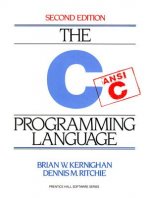
C Programming Language
1158 Kč -

Beginning C++23
1379 Kč -

Practical Object-Oriented Design
995 Kč -
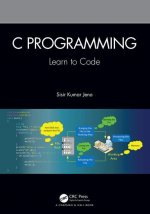
C Programming
4267 Kč -
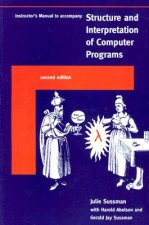
Instructor's Manual t/a Structure and Interpretation of Computer Programs
1169 Kč -

Automate The Boring Stuff With Python, 2nd Edition
734 Kč -

C++ Concurrency in Action,2E
2059 Kč -
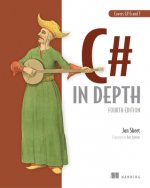
C# in Depth, 4E
1236 Kč -

Programming
1684 Kč -

C Programming Absolute Beginner's Guide
622 Kč -

Unit Testing:Principles, Practices and Patterns
1334 Kč -

C++ Templates
1857 Kč -
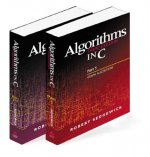
Algorithms in C, Parts 1-5
3457 Kč -

Head First C#, 4e
1350 Kč -

Modern C++ Programming Cookbook
1353 Kč -

C++ For Dummies, 7e
642 Kč -
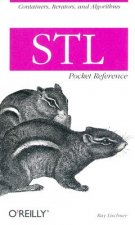
STL Pocket Reference
212 Kč -
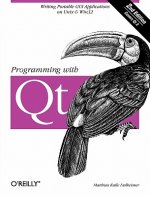
Programming with QT 2e
1344 Kč -
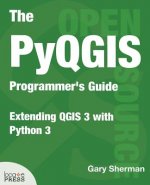
Pyqgis Programmer's Guide
1356 Kč -

Programming PIC Microcontrollers with XC8
1238 Kč -

Lua 5.1 Reference Manual
404 Kč -
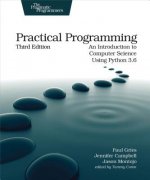
Practical Programming, 3e
1298 Kč -

JavaScript & JQuery - Interactive Front-End Web Development
988 Kč -

Pro Spring 6 with Kotlin
1388 Kč -
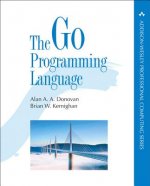
Go Programming Language, The
860 Kč -
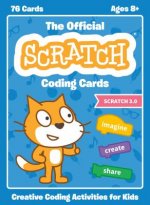
Official Scratch Coding Cards, The (scratch 3.0)
441 Kč -
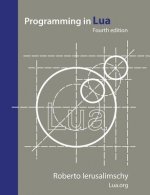
Programming in Lua, fourth edition
962 Kč -

C++17 - The Complete Guide
1520 Kč -

Complete Guide to Test Automation
1329 Kč -

Effective C++
1158 Kč -

Learn C the Hard Way
836 Kč -
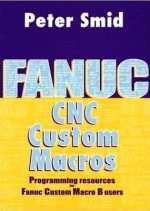
Fanuc CNC Custom Macros
2280 Kč -
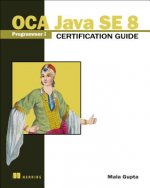
OCA Java SE 8 Programmer I Certification Guide
1598 Kč -
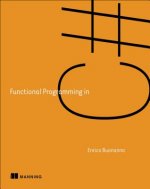
Functional Programming in C#
1343 Kč -

Clean C++20
1036 Kč -

Pro Spring 6
1340 Kč -
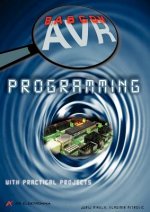
Bascom-AVR Programming
697 Kč -

Beginning Jakarta EE
1052 Kč -
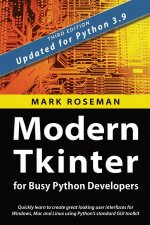
Modern Tkinter for Busy Python Developers
780 Kč -
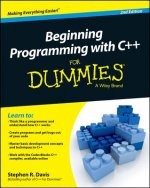
Beginning Programming with C++ For Dummies, 2e
679 Kč -

C Programming in easy steps
351 Kč -

Java EE to Jakarta EE 10 Recipes
1470 Kč -

Beginning Spring Boot 3
1212 Kč -

Practical Rust Projects
1408 Kč -
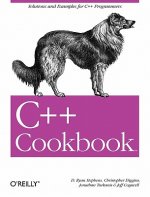
C++ Cookbook
1128 Kč -
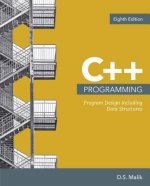
C++ Programming
6995 Kč -
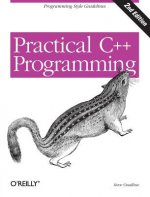
Practical C++ Programming 2e
964 Kč -
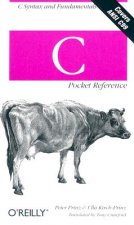
C Pocket Reference
581 Kč -

Continuous Integration, Delivery, and Deployment
1398 Kč
Osobní odběr Praha, Brno a 12903 dalších
Copyright ©2008-24 nejlevnejsi-knihy.cz Všechna práva vyhrazenaSoukromíCookies


 Vrácení do měsíce
Vrácení do měsíce 571 999 099 (8-15.30h)
571 999 099 (8-15.30h)